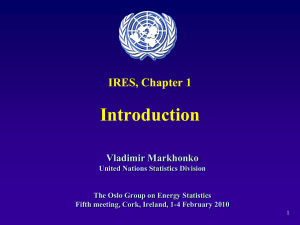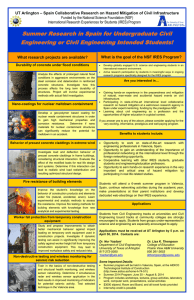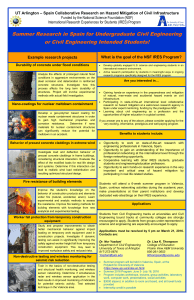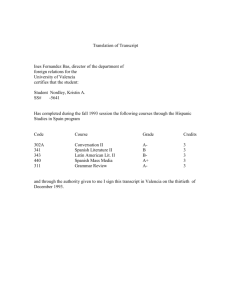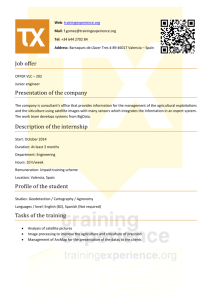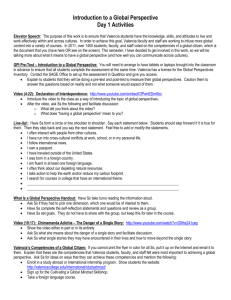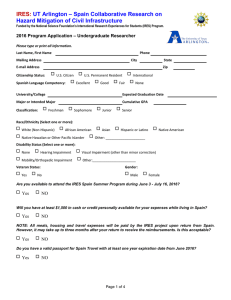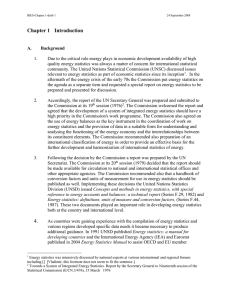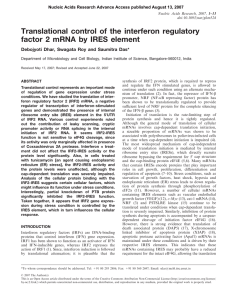Document 11902006
advertisement
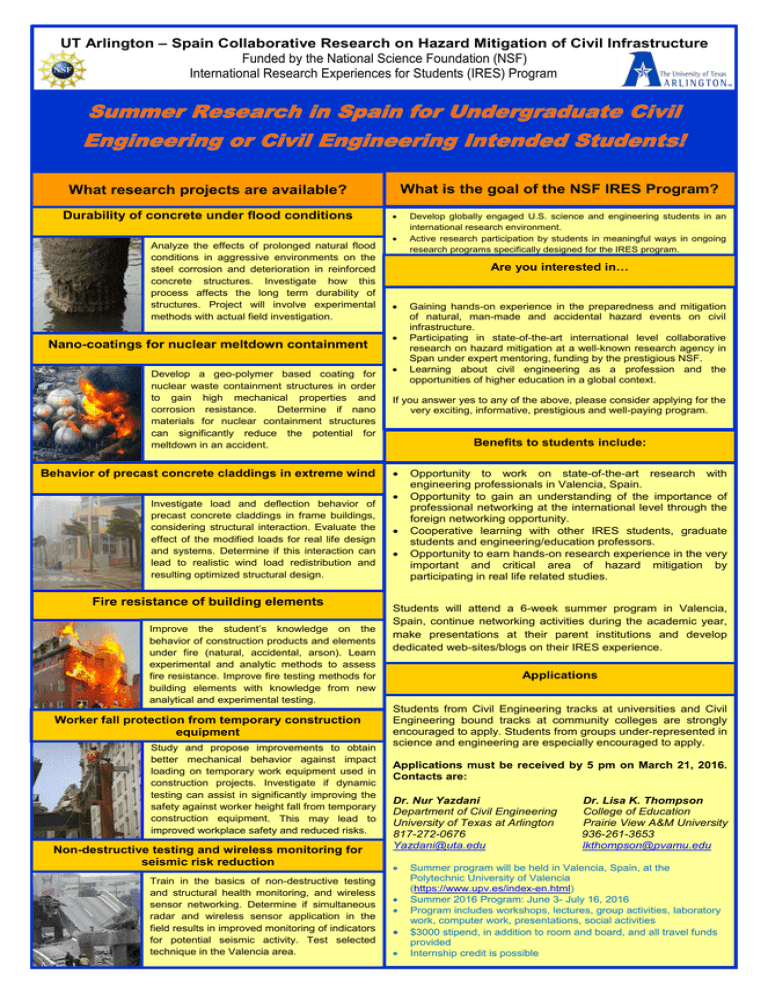
UT Arlington – Spain Collaborative Research on Hazard Mitigation of Civil Infrastructure Funded by the National Science Foundation (NSF) International Research Experiences for Students (IRES) Program What is the goal of the NSF IRES Program? What research projects are available? Durability of concrete under flood conditions Analyze the effects of prolonged natural flood conditions in aggressive environments on the steel corrosion and deterioration in reinforced concrete structures. Investigate how this process affects the long term durability of structures. Project will involve experimental methods with actual field investigation. Nano-coatings for nuclear meltdown containment Develop a geo-polymer based coating for nuclear waste containment structures in order to gain high mechanical properties and corrosion resistance. Determine if nano materials for nuclear containment structures can significantly reduce the potential for meltdown in an accident. Behavior of precast concrete claddings in extreme wind Investigate load and deflection behavior of precast concrete claddings in frame buildings, considering structural interaction. Evaluate the effect of the modified loads for real life design and systems. Determine if this interaction can lead to realistic wind load redistribution and resulting optimized structural design. Fire resistance of building elements Improve the student’s knowledge on the behavior of construction products and elements under fire (natural, accidental, arson). Learn experimental and analytic methods to assess fire resistance. Improve fire testing methods for building elements with knowledge from new analytical and experimental testing. Worker fall protection from temporary construction equipment Study and propose improvements to obtain better mechanical behavior against impact loading on temporary work equipment used in construction projects. Investigate if dynamic testing can assist in significantly improving the safety against worker height fall from temporary construction equipment. This may lead to improved workplace safety and reduced risks. Non-destructive testing and wireless monitoring for seismic risk reduction Train in the basics of non-destructive testing and structural health monitoring, and wireless sensor networking. Determine if simultaneous radar and wireless sensor application in the field results in improved monitoring of indicators for potential seismic activity. Test selected technique in the Valencia area. • • Develop globally engaged U.S. science and engineering students in an international research environment. Active research participation by students in meaningful ways in ongoing research programs specifically designed for the IRES program. Are you interested in… • • • Gaining hands-on experience in the preparedness and mitigation of natural, man-made and accidental hazard events on civil infrastructure. Participating in state-of-the-art international level collaborative research on hazard mitigation at a well-known research agency in Span under expert mentoring, funding by the prestigious NSF. Learning about civil engineering as a profession and the opportunities of higher education in a global context. If you answer yes to any of the above, please consider applying for the very exciting, informative, prestigious and well-paying program. Benefits to students include: • • • • Opportunity to work on state-of-the-art research with engineering professionals in Valencia, Spain. Opportunity to gain an understanding of the importance of professional networking at the international level through the foreign networking opportunity. Cooperative learning with other IRES students, graduate students and engineering/education professors. Opportunity to earn hands-on research experience in the very important and critical area of hazard mitigation by participating in real life related studies. Students will attend a 6-week summer program in Valencia, Spain, continue networking activities during the academic year, make presentations at their parent institutions and develop dedicated web-sites/blogs on their IRES experience. Applications Students from Civil Engineering tracks at universities and Civil Engineering bound tracks at community colleges are strongly encouraged to apply. Students from groups under-represented in science and engineering are especially encouraged to apply. Applications must be received by 5 pm on March 21, 2016. Contacts are: Dr. Nur Yazdani Department of Civil Engineering University of Texas at Arlington 817-272-0676 Yazdani@uta.edu • • • • • Dr. Lisa K. Thompson College of Education Prairie View A&M University 936-261-3653 lkthompson@pvamu.edu Summer program will be held in Valencia, Spain, at the Polytechnic University of Valencia (https://www.upv.es/index-en.html) Summer 2016 Program: June 3- July 16, 2016 Program includes workshops, lectures, group activities, laboratory work, computer work, presentations, social activities $3000 stipend, in addition to room and board, and all travel funds provided Internship credit is possible
